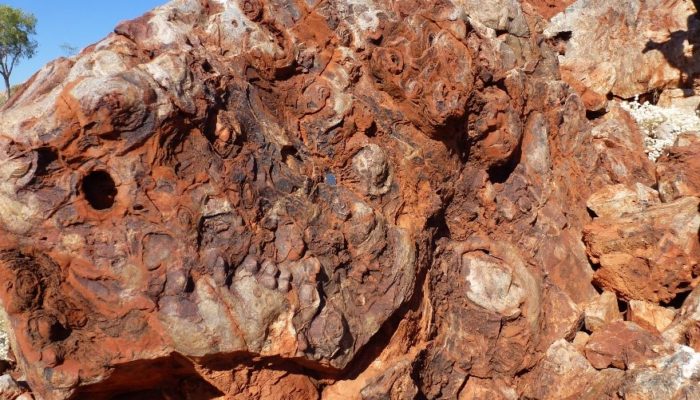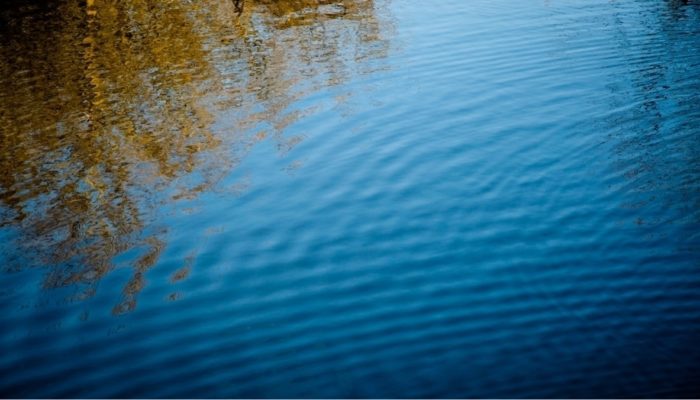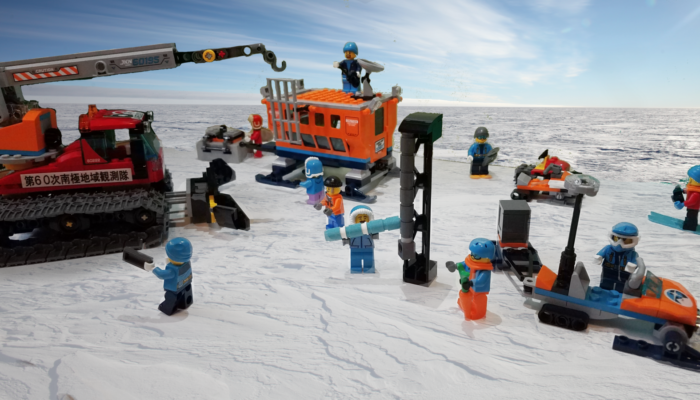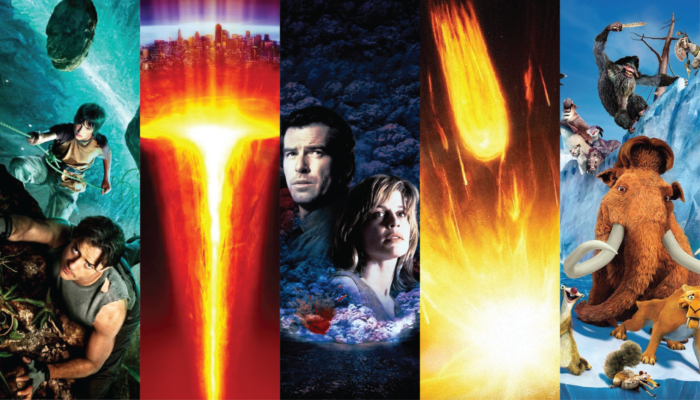This is a solicited blogpost written by Sebastian Viehmann. The Mesoarchean Strelley Pool Formation in the Pilbara Craton (Western Australia) hosts one of the oldest geological remnants of life on Earth. These silicified stromatolitic carbonates show diverse morphologies and formed on a shallow marine carbonate platform 3.35 billion years ago (Ga; Figures 1 and 2). After a long-standing debate abo ...[Read More]
Hydrological Sciences
Chatting about science and hydrology at EGU GA 2020
We all woke up that Monday morning 4 May 2020 (at home rather than in Vienna) with mixed feelings about what to expect from this year’s exceptional EGU GA: Sharing Geoscience Online. For some of us, it was the first time we were entering a chat room and, for many, the first time we were going to chat about our scientific work online. If you were an author, a convener or a curious attendee, that mo ...[Read More]
Geodynamics
An Ode to the Coffee House
This week, Jac van Driel, PhD student at UCL shares with us his deepest thoughts on how to write the manuscript of his PhD thesis. Hoping you will enjoy: “An Ode to the Coffee House”. Like many cordial expressions of civilised society, Covid-19 has plunged café culture to into stasis with the permanence of its condition not yet known. Pre-crisis, my hedonistic consumption of coffee use ...[Read More]
WaterUnderground
Should the pandemic change what we ‘do’ as sustainability scientists?
By: Viviana Re and Tom Gleeson he world will likely never be the same again after the covid-19 pandemic – too much has changed for us personally, socially and culturally. The pandemic is a terrible tragedy that continues to devastate lives and economies while ironically also bearing the possibility of being a much needed global sustainability reset. So as applied scientists focused on sustai ...[Read More]
GeoLog
Imaggeo on Mondays: Loowit – the lady of fire.
Today marks the 40th anniversary of the explosive eruption of volcano Mount St Helens, in western Washington State in the USA. So we wanted to feature this iconic volcano in this week, in our weekly feature, Imaggeo On Mondays. If you would like your imaggeo image featured in our blog, please contact the EGU Communications Officer. Mt St Helens, in Washington State USA, is possibly one of t ...[Read More]
Seismology
Social media for Early Career Scientists: is it really useful?
In this period of confinement, most of the virtual interactions and news about the world come from the web and mainly social media. Today, we suggest looking at social media from the point of view of an early career scientist (ECS) and why we should (or should not) use them in our career path. In the next weeks, most of the international conferences will move on online virtual meetings and ...[Read More]
Cryospheric Sciences
©LEt’sGO to Antarctica !
With the current situation, polar fieldwork might be/have been cancelled and we have a suggestion to remedy your field-blues… Why not use ©LEGO to pretend you’re back in the field with the added bonus that you get to be in the warmth and comfort of your home! Here, we’ve re-enacted radar fieldwork that took place a year and a half ago in Antarctica… But first, let’s start with some backgroun ...[Read More]
Tectonics and Structural Geology
Call for must-read papers!
Have you ever read a paper and thought “Why didn’t I find this 3 years ago?!” ? Did you stumble upon TS early-career scientists or colleagues who are unaware of seminal or fundamental (old and new) articles? Or are you simply willing to give some good reading advice about tectonics and structural geology? IF YOU ANSWERED YES AT LEAST ONCE, THEN THIS IS FOR YOU! What’s t ...[Read More]
Geodynamics
Top 5 geodynamic movies to watch during lockdown
Now that the craziness of the first online EGU ever is over (it was great, wasn’t it?), it is time to sink back into our lazy lockdown routine. Essential part of this routine? Watching bad science movies of course! So here is the top 5 geodynamic movies you should watch this lockdown! Get some popcorn, video call some friends, and laugh while all the geodynamic principles you hold dear are b ...[Read More]
Geology for Global Development
Environmental Symphonies
Unlike the more typical content, this blog post does not consider our earth’s environment as a challenge to overcome, or a risk, but guides us in using its landscape as a mental resource. Join Cecilia in her reflections on the landscape of Mount Fuji and let her help you to access the wonders of nature indoors. Take a moment to think about a piece of artwork that speaks to you. A piece that ...[Read More]










